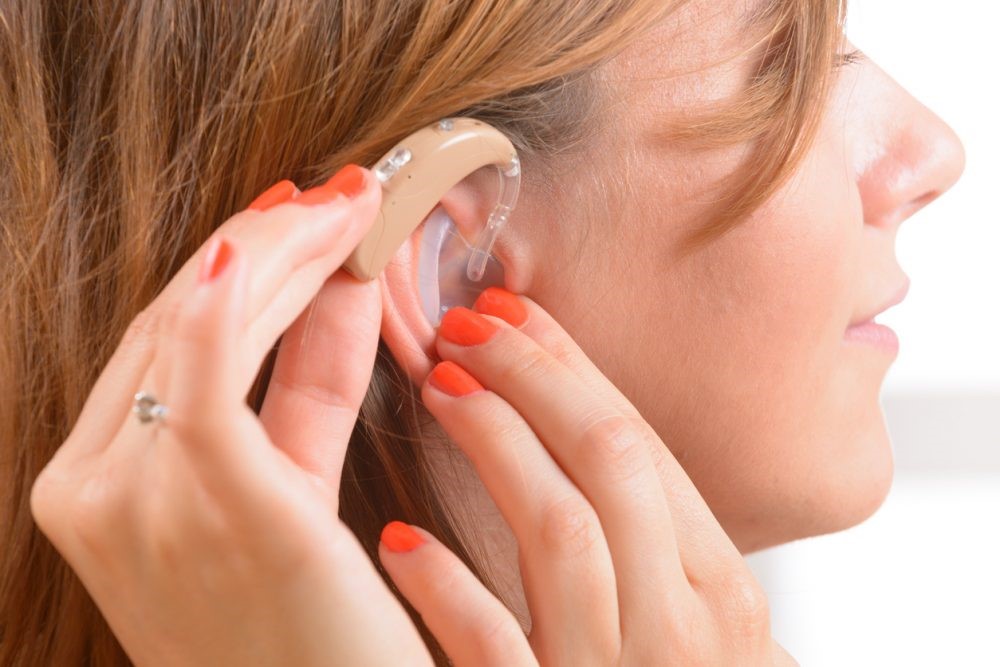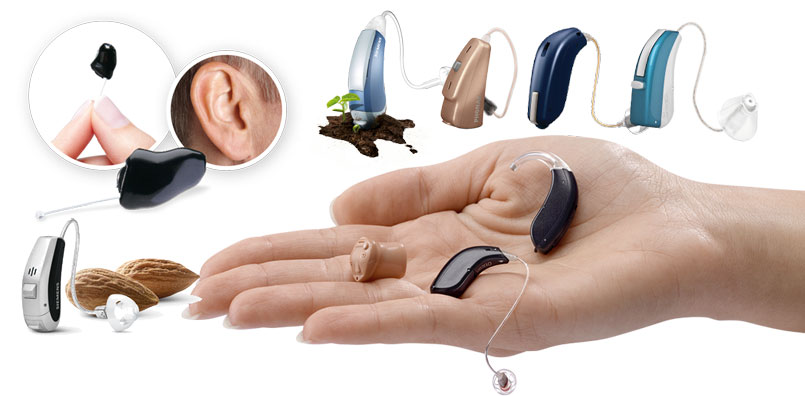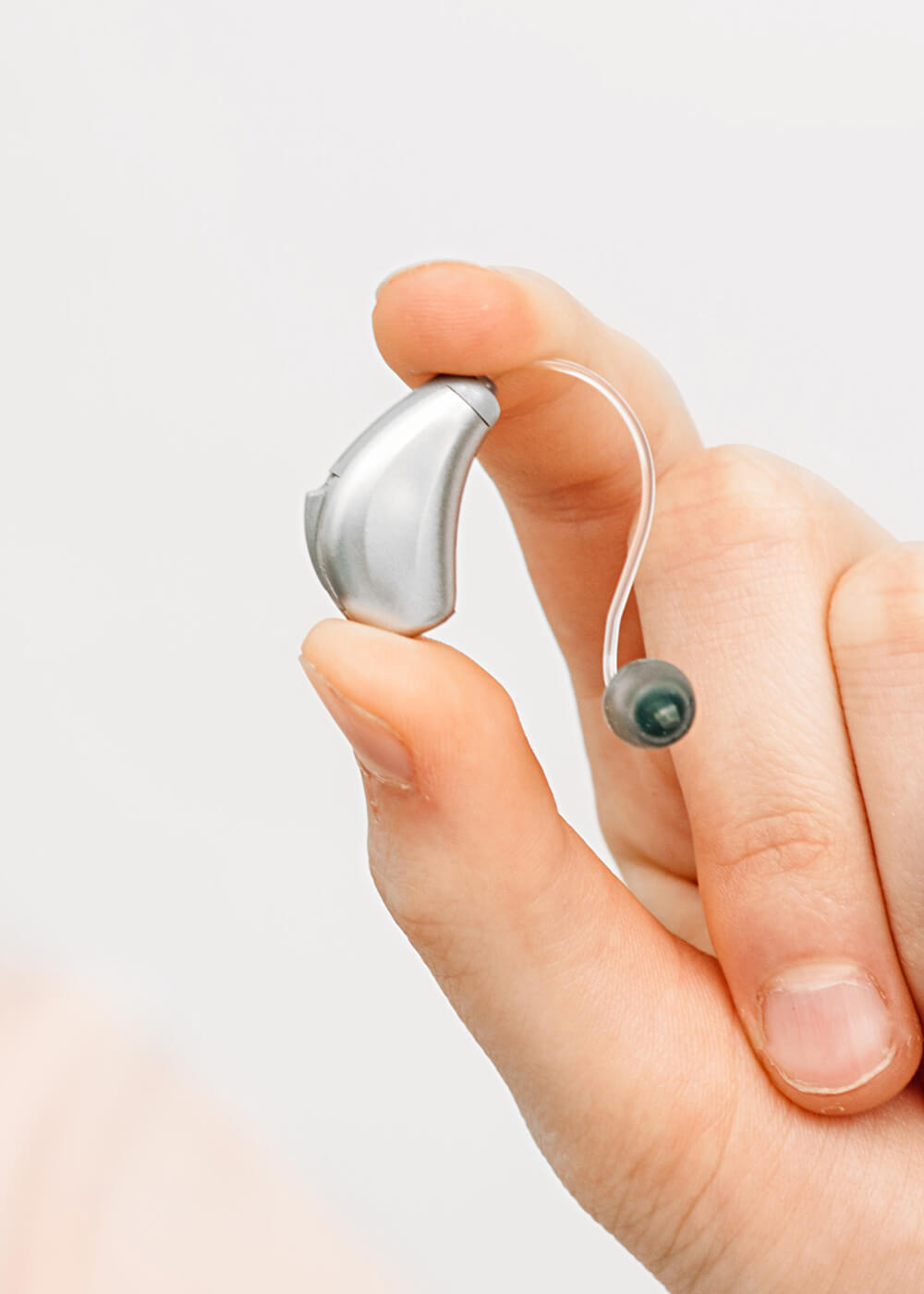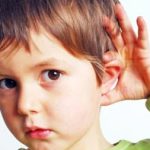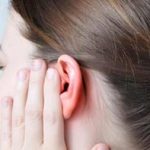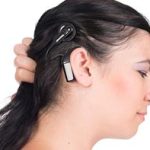HEARING AIDS
What are hearing aids?
A hearing aid is a small electronic device that you place in or behind your ear. Hearing aids amplify sounds so that people with hearing loss can improve their hearing and speech comprehension. There are many different types of hearing aids available today, including prescription and over-the-counter (OTC) hearing aids. Your healthcare provider can help you find a solution that fits your lifestyle and preferences.
How do hearing aids work?
Hearing aids contain different components that work together to amplify sound.
The three basic hearing aid parts include:
- A microphone.
- An amplifier.
- A speaker (receiver).
Sounds goes in through the microphone. Then, the microphone converts the sound waves to electrical signals before sending them to the amplifier. Finally, the amplifier sends the sounds to your ear through a tiny speaker.
Hearing aid batteries
Hearing aids are battery-powered. Some run on traditional (disposable) hearing aid batteries. But most of today’s hearing aids have a built-in rechargeable battery. In other words, you can charge your hearing aids just like you charge a smartphone.
Why have hearing aids in Iran?
Iran is gaining more popularity as one of the best medical tourism destinations in the world. Iranian ENT (ear, nose and throat) doctors are among the best and they have a lot of experience and skill. The hospitals, clinics, and other medical facilities in Iran have advanced equipment. By choosing to have hearing tests and buy hearing aids in Iran, you are guaranteed to have the best medical service at low cost. You will save money and have some satisfying results.
Why SinoheMedTour?
Finding the best doctors can be really hard, and even harder when you are in a foreign country. SinoheMedTour is the biggest medical tourism and healthcare service provider in Iran. When you ask for their services you can rest assured that you will find the best doctors and hospitals in Iran and make sure you get exactly what you are looking for.
The cost of hearing aids in Iran
In general, hearing aids cost ranges from $1,000 to $4,000. The cost depends on many factors such as the available features, brand, and the type of hearing aid. It might sound very expensive, but if you divide the price by the hearing aid’s lifespan then the cost will be only $0.5 to $2 a day.
How Can I Find Out if I Need a Hearing AID?
If you are not sure whether you need a hearing aid or not, then you should start looking for the common signs of hearing loss. In general, if you experience any or some of the following situations, you might consider having a hearing aid:
- You tend to feel that people are mumbling
- You need to ask people to repeat what they have said very often
- You feel the need to raise the volume when you listen to the radio and the TV
- You cannot understand the dialogues when you watch movies
- You cannot understand what people are saying when you don’t see their faces
- You find it hard to understand when you talk on the phone
Styles and Types
- Behind the ear hearing aids:
Behind the ear hearing aids consist of two parts; the device which is located behind the ear, and an extended part that goes inside the ear. There are 2 main types of behind the ear hearing aids:
1. Receiver in the ear (RITE) hearing aids
It is also known as receiver in the canal (RIC) hearing aids. In this type, the receiver is located inside the ear whilst the rest of the device is behind the ear.
RITE hearing aids pros:
- It can come with rechargeable batteries.
- It can usually be connected to phones.
- You can replace the receiver if it is damaged or if you needed a more powerful one.
- It is comfortable.
RITE hearing aids cons:
- Moisture and earwax can damage the speaker.
- It is noticeable if the hair is short.
- It can cause a wax build-up.
- Behind the ear with earmold
There are a lot of styles and types of behind the ear with earmold hearing aids. It is almost similar to RITE hearing aids. The difference is that the receiver is not in the ear.
Behind the ear hearing aid with earmold is one of the oldest types of hearing aids and has many advantages, such as:
- It can be used to improve severe hearing losses.
- It has large batteries so it has a long battery life.
- It is large, making it harder to be lost.
- It can come with more connection options.
There are some disadvantages as well:
- It more visible.
- It can fall if you have an active lifestyle.
- Moisture can damage the mold.
- The earmold can give a feeling of plugging up.
- In the ear hearing aids:
This type of hearing aids is fixed in the outer ear with a small part within the canal. All of the parts of the in the ear (ITE) hearing aids are inside the ear. This hearing aid type is used to improve hearing for patients with mild to severe hearing loss.
ITE hearing aids advantages:
- They fit the ear well, providing good sound quality.
- They are not visible.
ITE hearing aids disadvantages:
- They can be damaged with earwax and moisture.
- They cannot help with high frequencies hearing loss.
- They are not to be used for children.
- Completely in the canal hearing aids
Completely in the canal (CIC) hearing aids are small and meant to be hidden inside your ear canal. They are used to help patients who suffer from mild to moderate hearing loss.
CIC hearing aids pros:
- They are invisible inside the ear.
- They need less energy.
- They do not amplify wind sound.
CIC hearing aids cons:
- They have smaller batteries.
- The mic can be blocked by earwax.
- You cannot control the sound manually.

